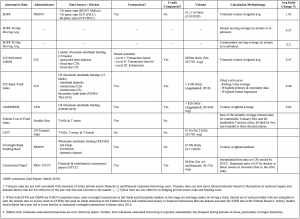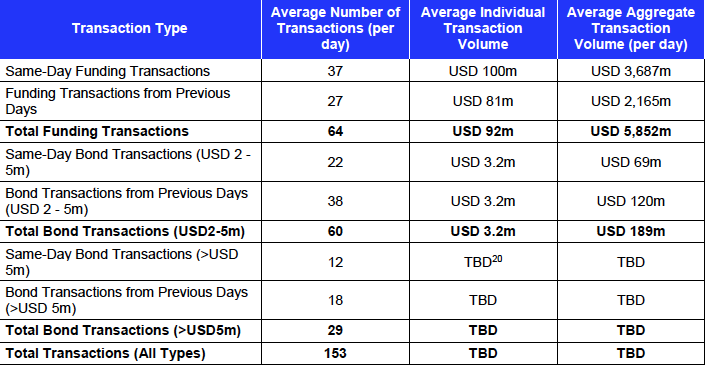The current COVID-19 pandemic is a
powerful reminder that our world is riddled with abundant uncertainties and
risks.
In an uncertain world, without the help of hindsight (or a clairvoyant crystal ball), our policy decisions can at best be based on our assessments of the risks. That means probabilities, averages, variations, distributions, ranges, etc. By definition, risk assessments carry uncertainties themselves. So, we will never know for sure whether our decisions made according to the risk assessments are the right ones. But, that’s the best we can do!
For global risk events, such as virus outbreaks, climate changes, or even financial crises, which can have far-reaching global ramifications, risk assessments on a global scale are necessary for optimal policy decisions and responses. Assessments limited to local perspectives will not be enough. This can be clearly seen in the COVID-19 pandemic.
As of today (4/14/2020), US has reported over 600k infections nationwide, and more than 25k lives lost. We will never know for sure whether we could have responded to the virus outbreak better, or worse. It has become clear, however, that information and data about the virus from other regions, countries, states, and cities can greatly help to improve our own risk assessments and responses. Be it the virus genome codes, strain variations, mortality rates, spreading rates, spreading mechanisms, human-to-human transmission paths, incubation periods, asymptomatic transmission, known effective treatments, known effective policies, potential vaccines, supply chain managements, governmental coordination, economic preparations, …, etc. All these information and data have proven instrumental, if not critical, in assessing the risks associated with the virus. Because the virus spreads without regard to political boarders (nations, territories, states, provinces, prefectures, counties, cities, towns, …), collecting the information and data globally can help to maximize the data collected and minimize the time required.
This need for global risk assessments, i.e., assessing the risks by examining global data, not limited to local data, similarly applies to climate changes. The weather or temperature patterns in New York or Texas or California, for example, will most likely be insufficient to assess the risks associated with global climate changes. – I have made the mistake numerous times of concluding it was global warming / cooling because of an abnormally warm / cool day in New York. (To be critical, one photo of a skinny polar bear on a floating ice may not be conclusive either, by itself.)
Even with real-time access to extensive global data, it may still be difficult to assess the risks and determine the responses. Rather, different people can assess the risks differently, sometimes substantially, and reach different decisions. (Witness the spars between New York governor, New York City mayor, and US president on re-opening of the economies, even after months of global data exchanges and collections on the COVID-19 virus.) Additionally, in reality, it is unlikely decision-makers will have at their disposal a complete set of global risk data at any particular time.
Therefore, given the complexities of the earth’s weather systems, I do not expect a uniform policy response to climate change in the foreseeable future, unless imminent dangers due to climate changes becomes clear and present, such as the case for the COVID-19 virus.
The stakes associated with climate change, or other global risk events, however, can be high, and the potential losses of lives, properties, or welfare can be tremendous. Recognizing the potential shortfalls and uncertainties in the risk assessments of global risk events, we should strive to make sure our best scientists and professionals, trained to objectively study and analyze risk events, receive the fullest attention possible in the public discourse and debates of such global risk events, undisturbed by politics and other subjective factors. That way, even if there are uncertainties associated with the risk assessments, we can claim to have done our best.
It is my hope that the need for global open information sharing regarding global risk events will lead to greater opening of authoritarian regimes, particularly those who desire to further integrate themselves into the global economy. If the global economy slows, however, I am also wary of the possibility that these authoritarian regimes may instead resort to even harsher surveillance and oppression to retain domestic control and powers, and inflame populist nationalism in and conflicts with foreign players. Even in more open societies, surveillance and centralized control may also intensify, in the name of public security and safety. But, that’s another story!



